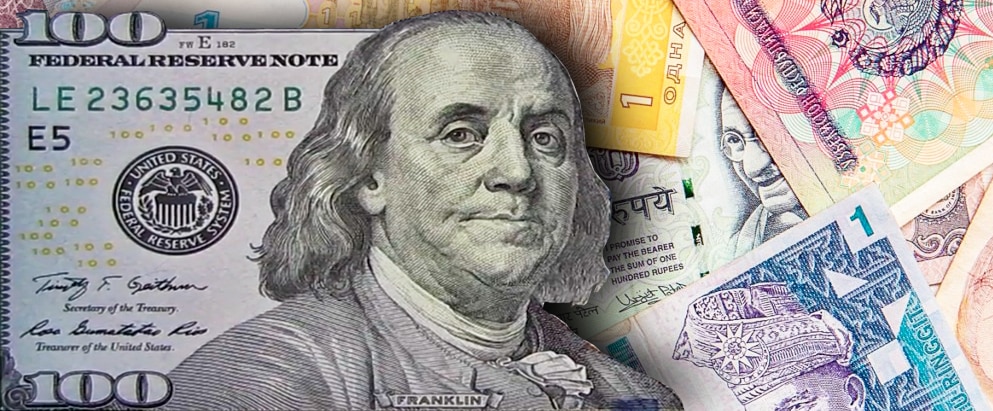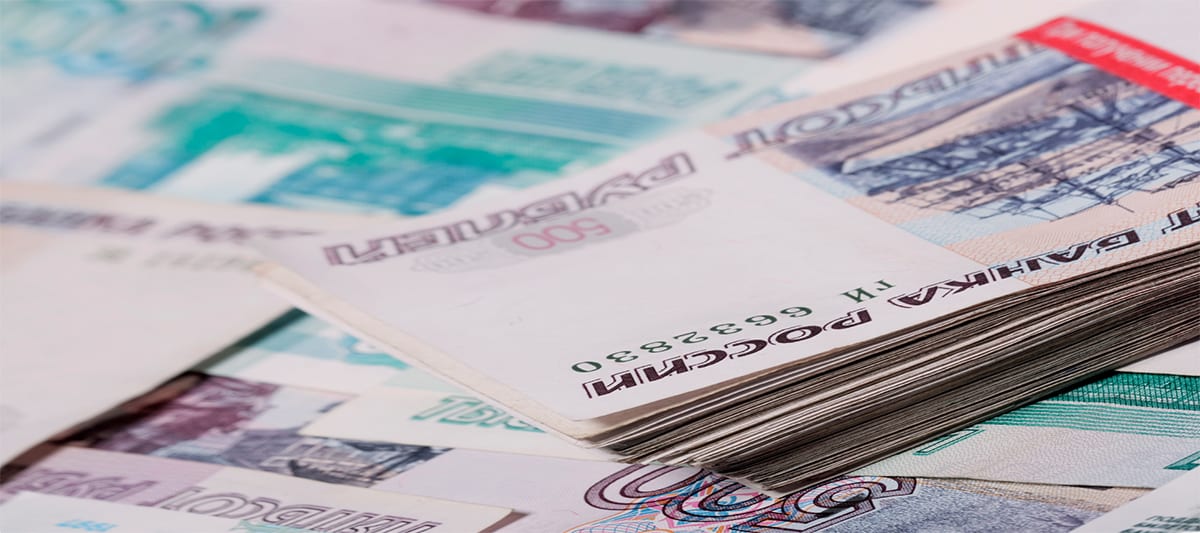“The practice in the international rough diamond market provides for settlements in U.S. dollars between sellers and buyers of rough diamonds. We have tested an alternative payment scheme to understand the possibility of its implementation and nuances to be taken into consideration. The experience is positive, so we will apply it on an as-needed basis,” Agurev stated.
In 2017 the U.S. dollar was undervalued, and Alrosa blamed that as a reason for a fall in its revenues and profits. With payments received in rubles, this problem could fall away.












